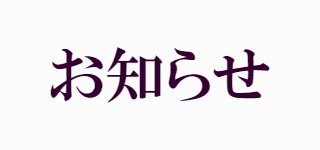General Agreement on Tariffs and Trade (Gatt) Became Less Effective over a Period of Time
2023年5月21日
General Agreement on Tariffs and Trade (GATT) became less effective over a period of time
The General Agreement on Tariffs and Trade (GATT) was an international treaty established in 1947 to promote trade liberalization and remove barriers to international trade. The agreement aimed to reduce tariffs and non-tariff barriers to trade, such as quotas and customs regulations, and to create a level playing field for all countries.
Initially, GATT was quite successful in achieving its goals. Between 1947 and 1994, GATT helped to lower tariffs on manufactured goods by an average of around 40%. During this time, world trade grew at an annual rate of 7%, which was much faster than the rate of global economic growth.
However, over time, GATT became less effective in achieving its goals. One of the main reasons for this was the increase in regional and bilateral trade agreements. These agreements, which are negotiated between two or more countries, often contain provisions that contradict the principles of GATT. For example, they may allow for the imposition of tariffs or quotas on certain goods, or they may provide preferential treatment to certain trading partners.
Additionally, the rise of non-tariff barriers to trade, such as sanitary and phytosanitary regulations, made it more difficult for GATT to achieve its goals. These types of regulations can be used to restrict imports, even if no tariffs are imposed.
Another factor that contributed to the decline of GATT`s effectiveness was the increase in the number of developing countries participating in the global trading system. While GATT was successful in promoting trade liberalization among developed countries, it was less effective in promoting liberalization among developing countries. Many developing countries were reluctant to open their markets to foreign competition, which made it difficult for GATT to achieve its goals.
In 1995, GATT was replaced by the World Trade Organization (WTO), which has a more comprehensive mandate and a broader membership. The WTO has been more successful than GATT in promoting trade liberalization, but it still faces many challenges in achieving its goals. The rise of protectionism and the difficulties in negotiating multilateral trade agreements are just two of the challenges facing the WTO today.
Overall, while GATT was initially successful in promoting trade liberalization and removing barriers to trade, it became less effective over time. The rise of regional and bilateral trade agreements, non-tariff barriers to trade, and the reluctance of developing countries to open their markets to foreign competition all contributed to the decline of GATT`s effectiveness. While the WTO has been more successful in achieving its goals, it still faces many challenges in promoting trade liberalization and removing barriers to international trade.


